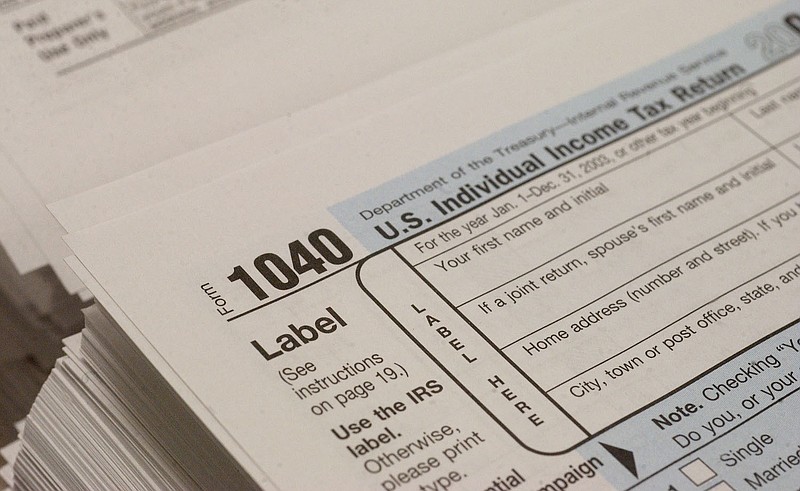On March 11, President Joe Biden signed a sweeping $1.9 billion pandemic relief bill known as the American Rescue Plan. While broadly popular with the public, the legislation was controversial in Congress and was approved on a largely party-line vote in part due to the material changes in tax policy. The stated aim of the initiative is to get more assistance to lower-income families and individuals most impacted by the pandemic, but the provisions are complicated. Here's a breakdown:
Child Tax Credit. The extant tax code provides a credit for each dependent child that offsets tax liability dollar for dollar up to $2,000 per child under age 17. The American Rescue Plan expands the credit to $3,600 per child under age 6 and $3,000 for each child under 18. The credits begin phasing out above incomes of $75,000 for single filers and $150,000 per couple and is applicable to a taxpayer's 2021 tax year.
Another important additional change makes the entire credit amount refundable; that is, if a family's income is too low to owe any taxes to offset with the credit, the entire credit is paid out directly as a tax refund. Previously only $1,400 was refundable if no tax was due.
In another provision targeting vulnerable households, the IRS will begin offering advance payments of up to $300 per month against the tax credit beginning July 1 through December 31 rather than requiring taxpayers to wait until they file 2021 returns.
Child and Dependent Care Credit. This provision in the current code provided tax relief for income-earning taxpayers to help offset the cost of child and dependent care expenses like daycare or assistance with caring for disabled family members. The maximum credit amount increases to $8,000 from $3,000 for the first dependent, and to $16,000 for two or more dependents (up from $6,000). In addition, the plan increases the share of the credit that is refundable to 50% from 35%. According to the Brookings Institution, 13% of US families are expected to benefit from the enhanced credits.
Earned Income Tax Credit. This section of the IRS code is intended to assist lower-income working families, especially those with dependent children, and phases out above specified income levels. The maximum credit available is now expanded from $543 to $1,502. The minimum age of eligibility is lowered from 25 to 19, and the maximum age (previously 65) is eliminated. Brookings estimates the average family will receive an additional $700.
Recovery Rebate Credit. The centerpiece of the American Rescue Plan, like its two earlier predecessors, is the payment of "economic impact" or stimulus supplements directly to every adult below certain income thresholds. However, some individuals did not receive these prior payments because they did not have recent tax returns on file. Others whose 2019 income (upon which the payments were based) was too high to qualify may have lost their jobs in 2020. The bill allows these individuals to claim credit for the missed stimulus payments on their 2020 tax returns and receive a refund check. The same rules apply to the $1,400 payments in the current bill on 2021 tax returns.
The American Rescue Plan narrowly passed, in part, because it represents a significant shift in government policy relating to income inequality and the disproportionate impact of COVID-19 on Americans in the lower-income brackets. According to the Center on Poverty and Social Policy at Columbia University, the package is projected to reduce the poverty rate among all U.S. adults by 30% in 2021 and cut the child poverty rate in half. However, the bill includes no spending offsets or additional revenue to pay for itself, and its provisions expire at the end of the year unless reauthorized by Congress.
Debate continues over whether the plan is too big (or too small), but without question, it ushers in a distinctly different set of public policy priorities whose merit will be adjudged by the voters in 2022.
Christopher A. Hopkins is a certified financial analyst in Chattanooga.

